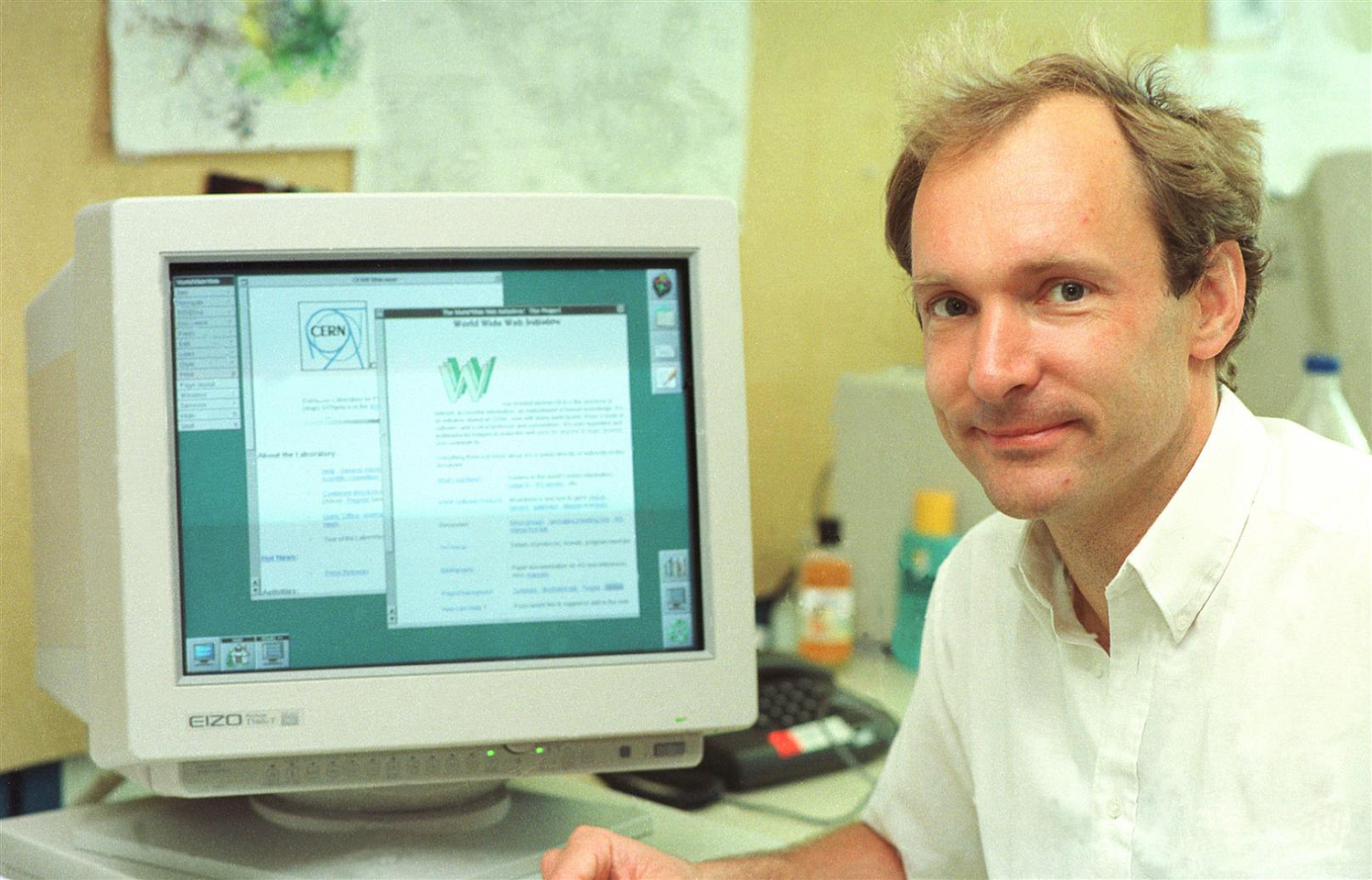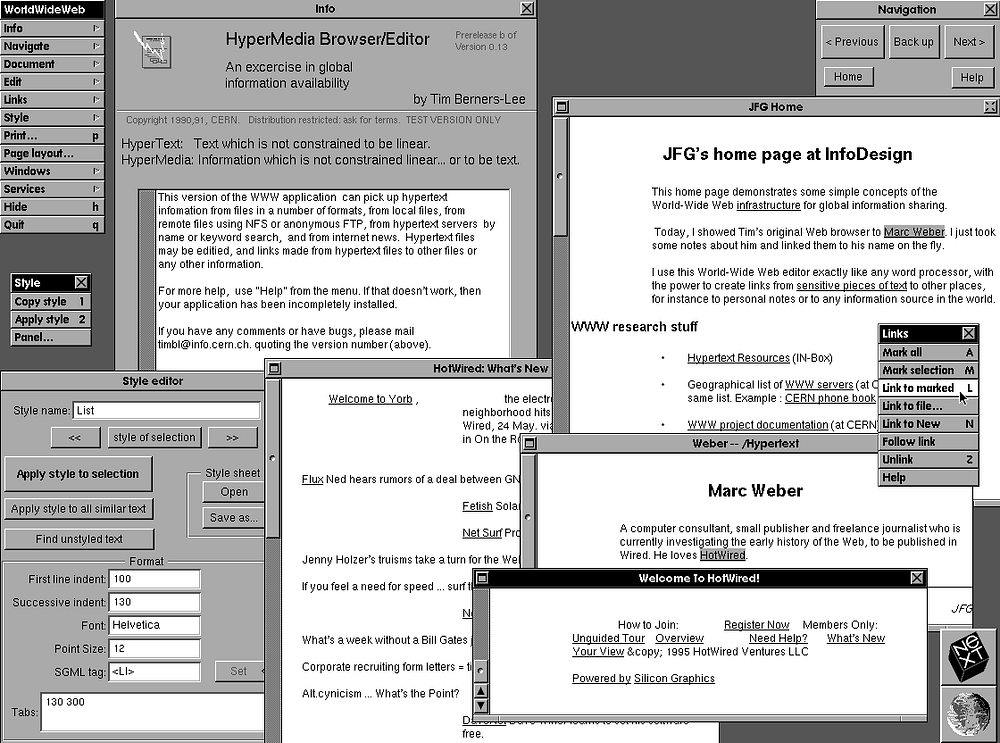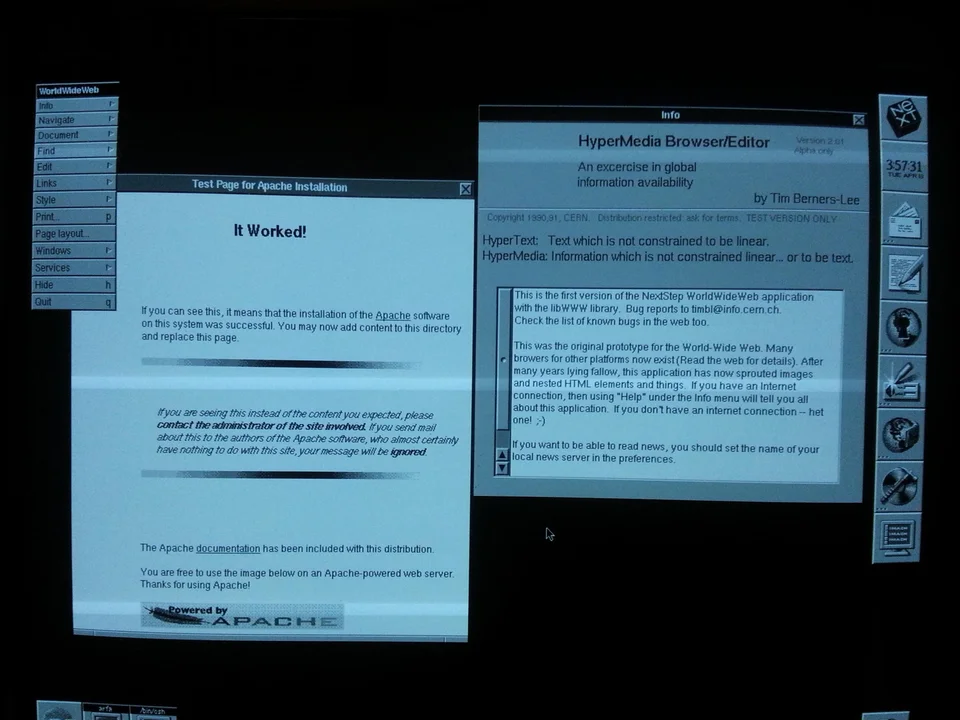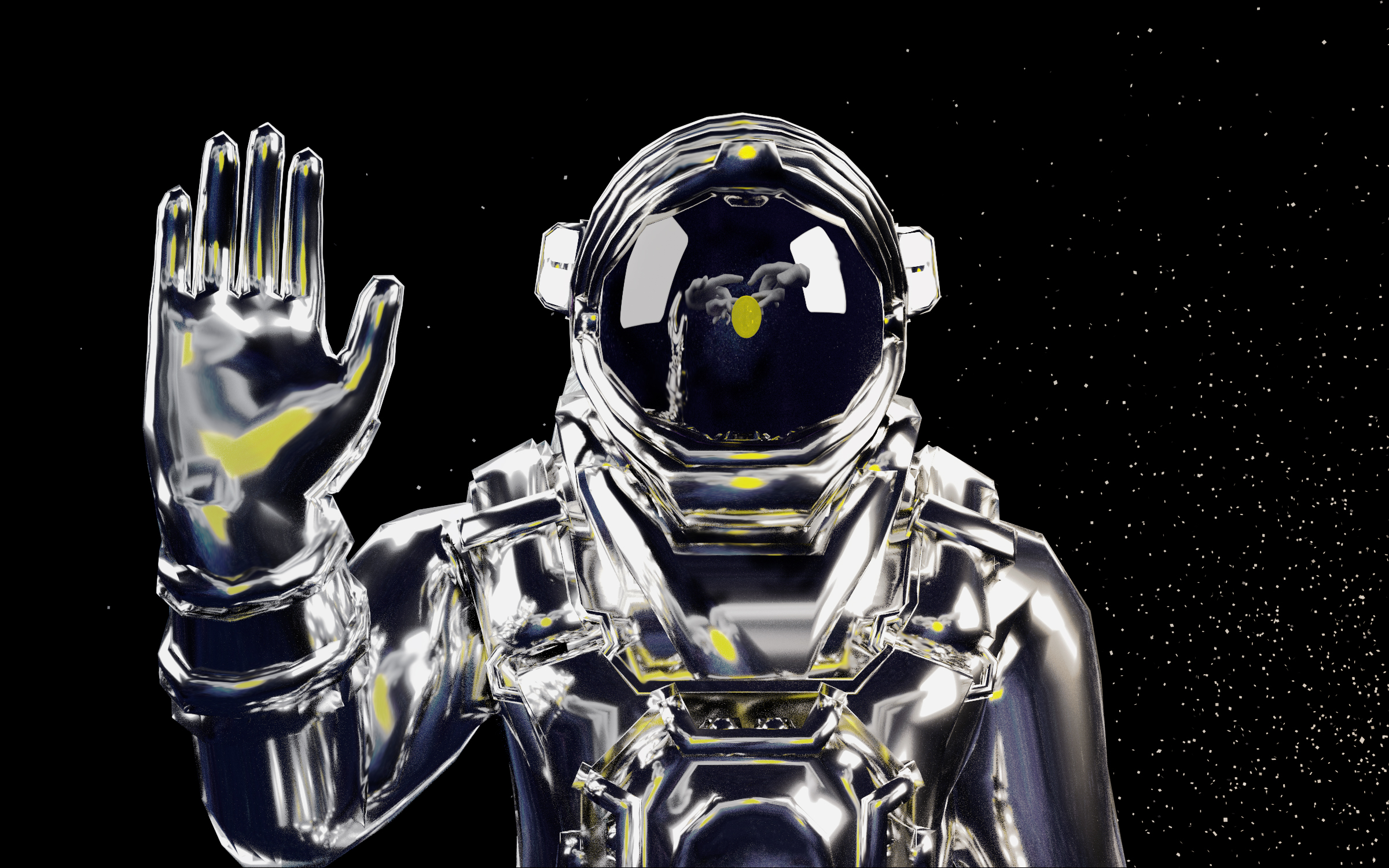User trust and transparency must come first as we design the new internet

Web 3.0 is the next generation of the internet, building on Web 2.0, the generation we’re currently inhabiting. Each month there are thousands of Google searches for “Web 3.0,” and there’s a lot of buzz about what this new generation will bring for internet users.
Some say a “semantic web” will prevail, with search engines responding to the definition of words rather than isolated keywords entered into a search bar. Others eagerly anticipate Web 3.0’s stronger security features. Still others say artificial intelligence will dominate Web 3.0.
Whatever technical features shape Web 3.0, I want to talk about the need for developers and designers to come together now and collaborate on what sort of user experience Web 3.0 will deliver. Regardless of whether concepts like semantics or security shape the future, it will be UX that ultimately determines how the Web 3.0 internet will affect our lives.
Webs 1.0 and 2.0: How we got here
To fully appreciate how revolutionary the next generation of the internet will be, let’s take a quick look back at the earlier incarnations of the web.
In the 1990s, British physicist and digital pioneer Tim Berners-Lee introduced the world’s first web browser as part of his work at CERN, a Swiss research center.



It was a purely utilitarian layout, but it served as the foundation for Web 1.0, supporting countless dot-coms and prehistoric browsers such as Mosaic and Internet Explorer.
Soon, more “advanced” technologies like CSS, HTML, and JavaScript helped enhance UX. But despite these advancements, Web 1.0 remained a scattered, text-heavy, “anything goes” environment where information reigned supreme and visual architecture, readability, usability, and accessibility were treated as afterthoughts.
This approach was more or less the norm until the early 2000s, when high-speed connectivity, faster processors, and highly pixelated monitors helped liberate developers and designers. Creativity flourished, and the web became a more human, functional, and accessible place.
More importantly, these innovations helped usher in Web 2.0, a more dynamic, commerce-focused digital landscape where users were encouraged to participate and share content. Where content was drab in the Web 1.0 world, Web 2.0 offered webpages where design and content meshed, helping to introduce logical layouts that are user-focused to foster a truly interactive digital experience.
While our current internet is an amazing ecosystem, it’s also a beautiful mess, and users are growing increasingly intolerant of breaches to their privacy and data
It was an exciting change, but two decades later, the once-revolutionary aspects of Web 2.0 continue to underpin our day-to-day digital experiences. We have grown accustomed to the level of accessibility, responsivity, functionality, and overall usability Web 2.0 offers. We have also gotten used to the pop-up ads, the constant high-profile data breaches, and the seemingly never-ending stream of spam.
These are the downsides of Web 2.0, and they are just a few of the problems that will be mitigated by the biggest improvement Web 3.0 promises: blockchain.
Blockchain, DApps, transparency, trust
One thing most futurists agree on: Web 3.0 will be user-focused, by necessity and expectation. This means, in particular, that users will be in full control of their accounts, data, transactions, identities, and more.
This might seem obvious considering accounts, data, and transactions are already the lifeblood of our current digital environment. But while our current internet is an amazing ecosystem, it’s also a beautiful mess, and users are growing increasingly intolerant of breaches to their privacy and data. They’re starting to demand transparency and trust from the sites and apps they use.
Web 3.0 will allow users to gain greater control over these things, which means Web 3.0 will be a true peer-to-peer environment. Individual property and privacy will be paramount, and consumers won’t have to waste time on invasive, spammy websites that collect and share data.
How will Web 3.0 accomplish this? Blockchain. Because blockchain offers an immutable record, transparency and trust are foundational. Consumers seeking to control their data and identities will embrace a blockchain-based web.
Which brings us to decentralized applications, or DApps. Traditional apps — the kind that attach themselves to our phones like barnacles — are loaded with “middlemen” that manage (and often share) our information. There are various types of decentralized apps, but one common feature they all share is they eliminate needless intermediaries. Consider Uber, which inserts itself between you and your driver. With a DApp, you can connect directly to the end provider, free of middlemen.
Just as consumers are going to demand a more user-centric, transparent internet with Web 3.0, they are going to demand the same from the apps they use.
We in the development and design communities need to keep this top of mind as we contemplate Web 3.0. It is imperative we think “user first” if we want our efforts to mesh with the demands of tomorrow’s internet.
Weird jargon, undefined fees
But this isn’t necessarily how things are unfolding at the moment. Many DApps now available already show signs that the user was treated as an afterthought. This shouldn’t come as a complete surprise. Many functions in the blockchain universe are hamstrung by needless layers of services, weird jargon, and undefined processes and fees.
In 2018 we saw the introduction of a record number of new DApps, but the majority of them underwhelmed users. One study explored why DApps have failed to catch on. The reasons were many — funding issues, tech issues, etc. — but the study’s overall finding was revealing: “for the DApp market to achieve a higher rate of adoption, these projects must focus on the customer journey, and… the user experience.”
For Web 3.0 to be truly revolutionary, it must fully leverage blockchain to deliver transparency and trust along with improved patterns, flows, and experiences.
Most DApps in their current state have become another beautiful mess. Many lack intuitive and efficient design and continuity. If you’ve delved into the world of cryptocurrencies, consider the many hurdles you encounter when processing the average crypto transaction. It’s an obstacle course of digital wallets, bothersome integrated services, and network resources, like “gas” (for Ethereum) or “staking” (for EOS). Users must integrate wallets, scan QR codes, share addresses, and connect to third-party services — all just to complete a single transaction.
Compare this to the simplicity of a single traditional online transaction. Direct payments are processed through a credit card; external payments go through third parties, such as PayPal, Apple Pay, or Plaid. Both are completed with a click or two.
That’s it. No friction.
The pathway forward
Web 1.0 consisted of primitive browsers and flat UX.
Web 2.0 leveraged high-speed internet connectivity, faster processors, and highly pixelated monitors, but it also offered weak security features.
For Web 3.0 to be truly revolutionary, it must fully leverage blockchain to deliver transparency and trust along with improved patterns, flows, and experiences. To do this, we need to identify and eliminate the friction currently hampering DApps and blockchain technology.
As developers and designers, the future of Web 3.0 is in our collective hands. We are in the ideal position to come together and collaborate now to address and solve the usability problems we are already seeing in some DApps.
If we work together, we can get it right, ensuring Web 3.0 delivers a more meaningful and effective user experience.
This is why I am reaching out to other designers and developers to create Web3 For All (W3FA), which will serve as a community-run foundation, think tank, and initiative dedicated to solving the usability problems that plague our current generation of DApps.
The goal is simple: Bring together the best interface designers, DApp developers, usability experts, and UX researchers to build a community committed to launching a robust front-end design framework to tackle both current challenges and lay the groundwork for a better Web 3.0.
By working together, we can create the visual, communicative, and experiential thread needed to weave a more perfect decentralized application ecosystem.

No comments.